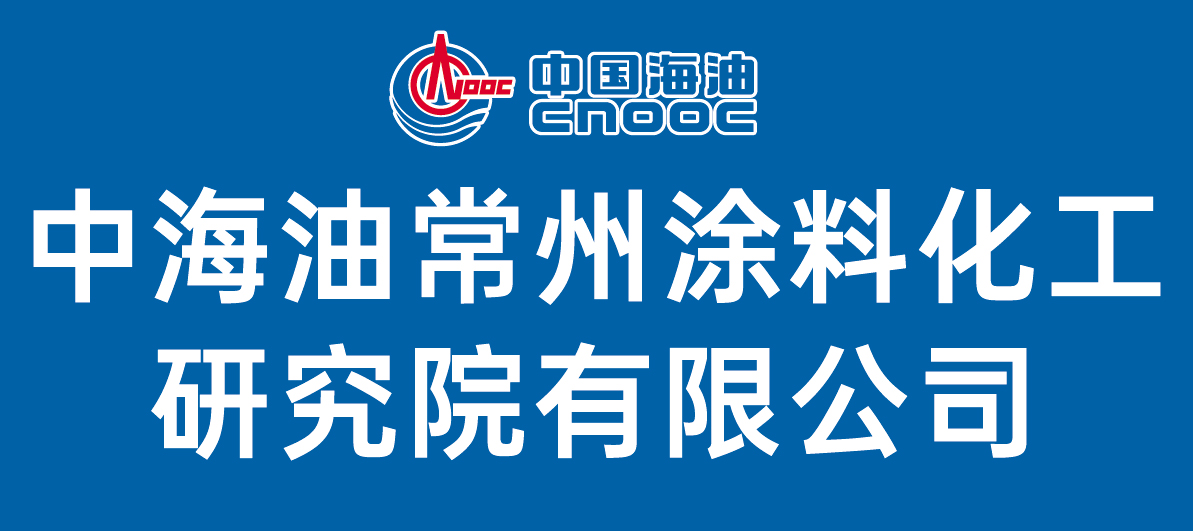
刊 名:涂料工业
月刊 1959年创刊
主管单位:中海油常州涂料化工研究院有限公司
主办单位:中海油常州涂料化工研究院有限公司
出版单位:《涂料工业》编辑部
月刊 1959年创刊
主管单位:中海油常州涂料化工研究院有限公司
主办单位:中海油常州涂料化工研究院有限公司
出版单位:《涂料工业》编辑部
- 中文核心期刊
- 中国科技核心期刊
- 中国核心期刊遴选数据库收录期刊
- RCCSE中国核心学术期刊(A)
- WJCI科技期刊世界影响力指数报告来源期刊
- CA化学文摘
- JST日本科学技术振兴机构数据库
- EuroPub数据库
- 乌利希国际期刊指南(UPD)
- EBSCO数据库
- 哥白尼索引期刊数据库(ICI)
- J-Gate数据库





